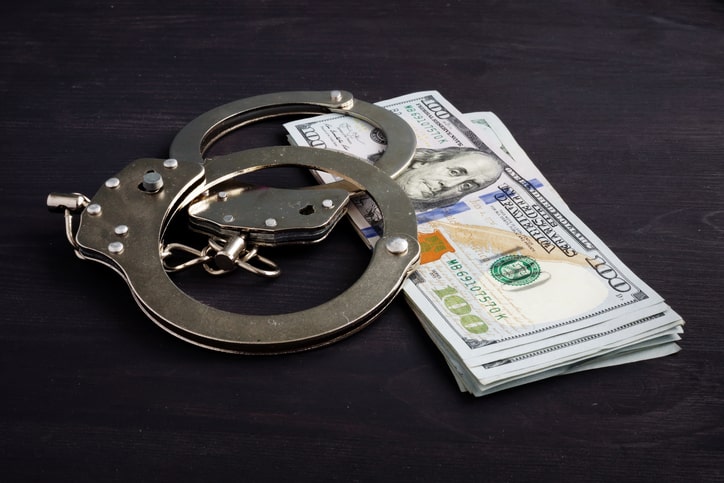Bail plays a central role in the legal process as it serves as both a safeguard for the accused and a means to ensure they return to court. However, the mechanics behind bail are more detailed than many realize and are often dependent on various factors. Our criminal defense attorneys at Kosnett Law Firm see firsthand how bail decisions impact our clients and their families. For that reason, let us break down this vital aspect of the criminal justice system.
What Is Bail, and Why Does It Exist?
At its core, bail is a financial guarantee that allows an accused individual to be released from custody while awaiting trial. When a judge sets bail, the individual or a bail bondsman posts the required amount with the court acting as a promise that the accused will return for all required legal proceedings. If they meet these obligations, the bail is returned at the end of the trial. If they fail to appear, the bail may be forfeited, which may lead to further legal consequences. Bail has existed for centuries, balancing two key principles: ensuring the accused does not flee and preserving their right to freedom before a conviction. The bail system has evolved over time to address both the interests of the court and the rights of the accused.
Factors That Influence Bail Amounts
The bail amount is rarely an arbitrary figure. Judges consider several factors before setting bail, each carefully weighed to determine the level of risk the individual poses. Some of the most common aspects that influence bail decisions are:
-
Severity of the Charges
Charges like violent offenses, armed robbery, or serious drug crimes usually lead to higher bail amounts. Courts view these crimes as more likely to involve individuals who may pose a risk to the community or who might attempt to evade prosecution. Consequently, judges set a higher bail to encourage compliance and provide an extra layer of assurance to the public.
On the other hand, less severe charges like minor theft or non-violent misdemeanors often result in lower bail amounts. In some cases, judges may release the individual on their own recognizance. This means the court trusts the individual to return without requiring a financial guarantee.
-
Criminal History
Individuals with a history of previous convictions or those who have violated bail in the past may see their bail amounts raised or may even face denial of bail. A repeat offender is often perceived as less likely to respect the court’s orders, and a higher bail aims to reduce the chance of non-compliance. In contrast, those with little to no criminal history may benefit from lower bail or more lenient release terms as the court views them as more reliable and likely to adhere to their legal obligations.
-
Flight Risk
Judges assess whether the accused poses a potential flight risk, meaning the likelihood they might attempt to flee rather than face trial. Factors like family ties, employment status, financial resources, and connections to the community all play a role in this decision. For instance, someone with strong family support, a steady job, and deep community roots is generally seen as less likely to flee. Conversely, an individual with limited local connections or access to significant financial resources may be perceived as having a higher flight risk, which may lead to a higher bail amount.
-
Financial Situation of the Accused
Although bail is not meant to punish an individual before trial, the financial circumstances of the accused can influence how much is set. Courts strive to set bail at a level that is fair yet effective in ensuring compliance. A wealthy individual charged with a crime, for example, may see a higher bail amount than someone of limited means facing the same charge. This helps level the playing field and ensures bail is more than a token payment.
-
Community Safety
Judges have a duty to consider public safety when setting bail. If the accused is considered a potential threat to the community, especially if they are accused of violent crimes or crimes against vulnerable individuals, the judge may set a high bail or deny bail altogether. This is not a reflection of guilt but rather a precautionary measure to protect the public. However, setting a higher bail enables the court to mitigate risks associated with releasing individuals who may present a danger to others.
Seek the Help of an Experienced Criminal Defense Attorney
At Kosnett Law Firm, we recognize that the bail process can be overwhelming, particularly for those unfamiliar with the legal system. Our commitment to clear guidance and support throughout this process can help our clients approach it with confidence and peace of mind.







